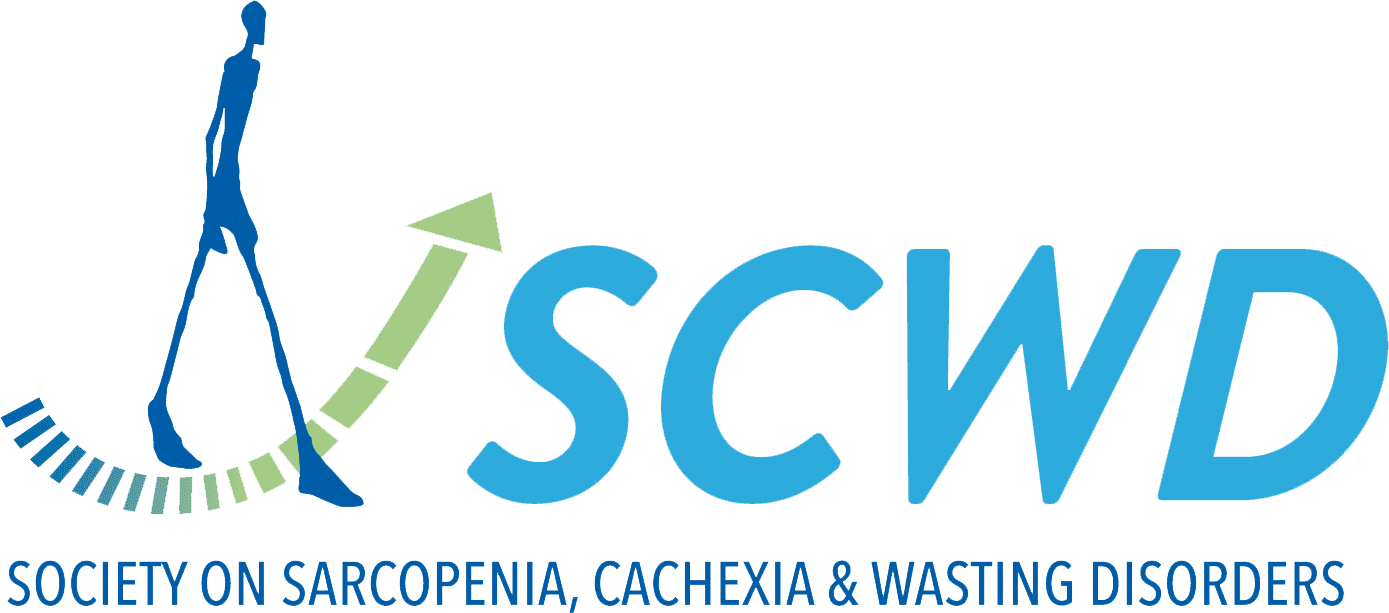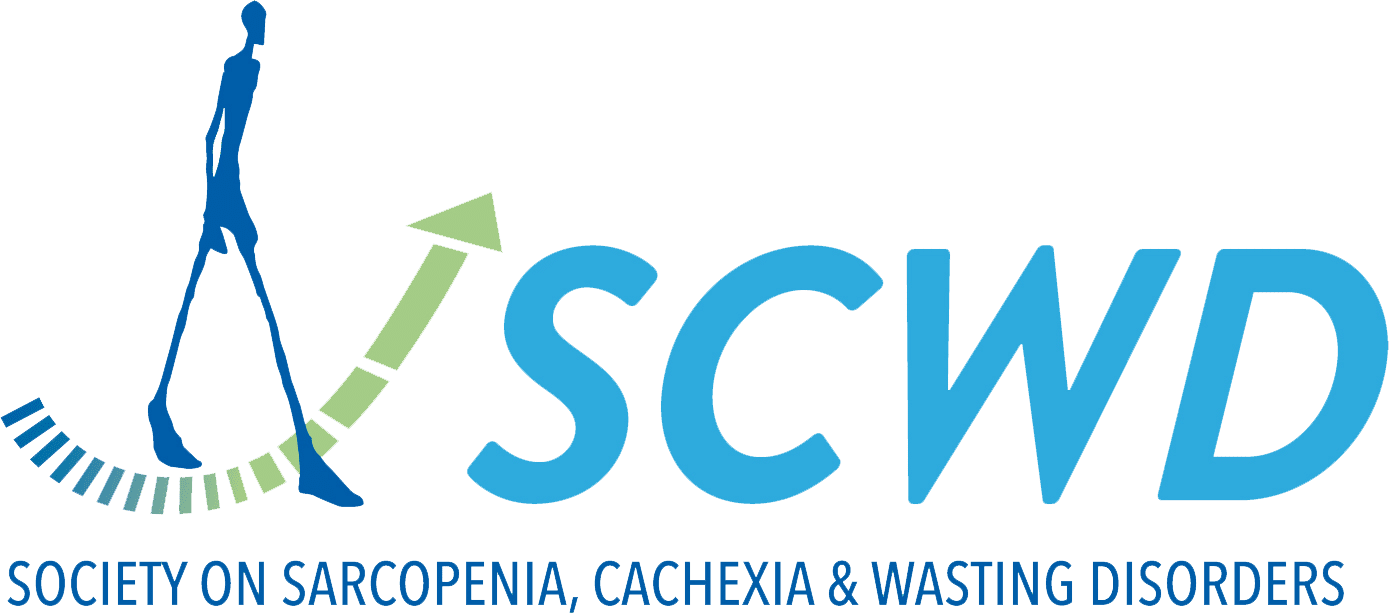Sarcopenia, Muscle Mass and Protein Intake in Adults Older Than 65 Years After Earlier Bariatric Surgery.
Metabolic and bariatric surgery (MBS) is a proven treatment for obesity. Yet weight loss is accompanied by loss of muscle which may predispose to sarcopenia. The prevalence of low muscle mass in older adults after MBS remains unexplored, even though...


